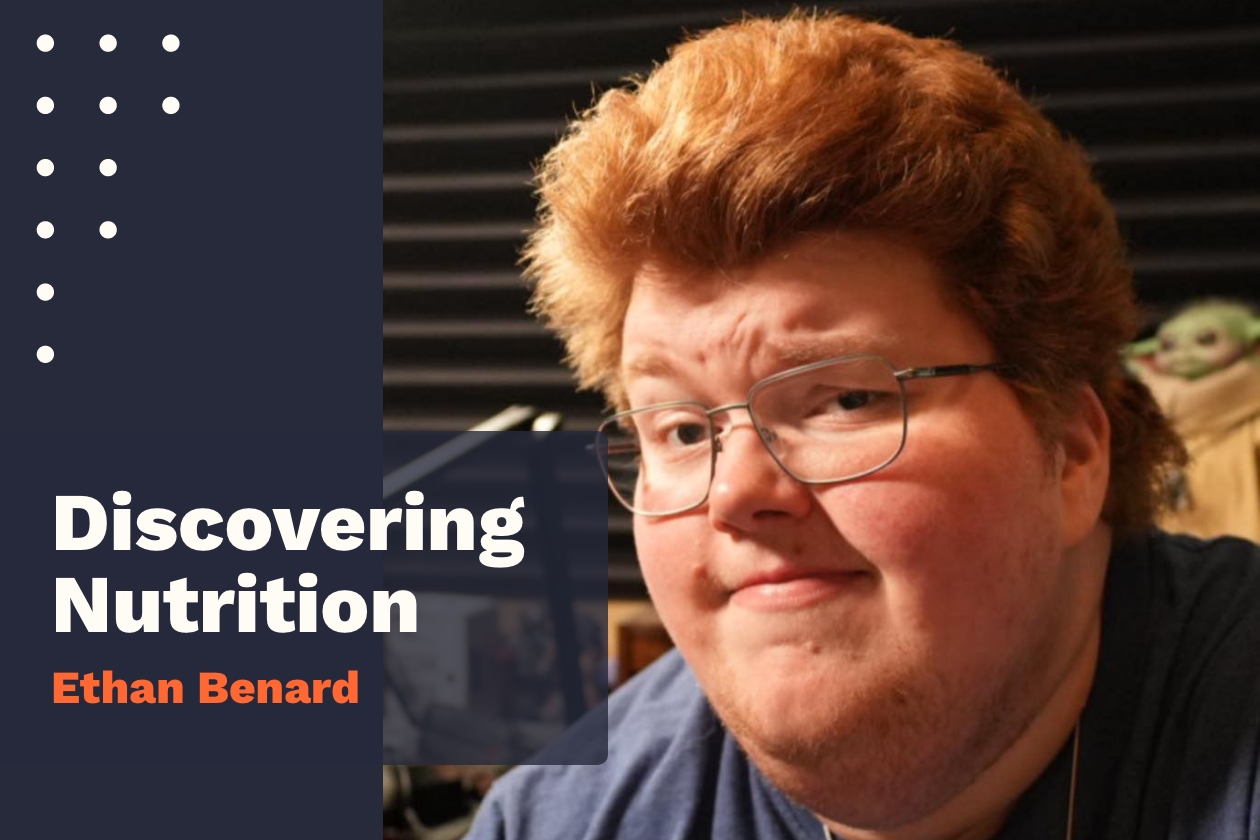Whether you’re mountain biking, paddleboarding, chasing your kids or running just for the joy of it, how do you know you’re eating enough to keep up? In this episode of Discovering Nutrition, our host Eliisa sits down with registered dietitian and sports nutrition expert Claire Shorenstein to explore the energy needs of the everyday athlete. They dive deep into what proper fuelling looks like when you’re active but not training for a specific event, how to tell if you’re unintentionally underfueling, and why you might need to rethink rest days, recovery and those tempting wearable metrics. Claire shares practical tools, expert strategies and science-backed insights that can help you feel better, train smarter and live fully without obsessing over calories or falling into restriction. This episode is a must-listen for anyone who moves their body most days, not because they have to, but because they love to.
Key Topics
- Fuel Beyond Training Goals: Claire explains that your body does not know if you are training for a race or just being active for fun. All movement counts toward energy use, from commuting and dog walking to gardening and playing with your kids. Fueling should reflect your total activity, not just formal workouts.
- Energy Balance vs. Listening to Your Body: While fitness trackers and calorie apps can be useful, Claire cautions against focusing only on exact numbers. She encourages using performance signals such as sleep, mood, recovery, and hunger cues to guide fueling. Tools like “performance plates” help visualize how to adjust carbs, protein, and fats based on training intensity.
- Supplements and Shortcuts: Claire follows a “food first, but not food always” approach. Supplements have a place when there is a clear need confirmed by lab work, such as vitamin D, iron, or creatine. She warns against relying on pills as shortcuts since no supplement can replace the basics of eating enough calories, carbs, protein, and resting well.
Questions Answered in this Episode
- Should you eat back the calories you burn from exercise, or is it better to focus on how you feel and recover? Claire suggests not matching calories burned to calories eaten too strictly. Instead, use body signals like energy, sleep, and recovery to guide how much you eat.
- Can you pursue weight loss and peak performance at the same time, or do these goals conflict? Trying to do both usually backfires. Claire explains that weight loss and optimal performance require different fueling strategies, so it is best to separate these goals.
- How often should you fuel during long endurance efforts like hikes, bike rides, or multi-day adventures, and should you follow hunger cues or a set schedule? Relying on hunger is not enough. Claire recommends fueling on a schedule, often every 30–60 minutes, aiming for steady carbohydrate intake to avoid crashes.
Key Notes
- Why everyday movement counts, even if you’re not training for an event.
- Energy availability explained using the “bank account” analogy.
- How to use wearables and nutrition trackers as tools, not rulebooks.
- The hidden impact of underfueling on recovery, mood, hormones and performance.
- What to eat and how often when you’re on the move for hours.
- Why weight loss and performance rarely go hand in hand.
- When supplements are useful and when they just add clutter.
- How to build a long-term movement lifestyle without burnout.
Links
Claire’s website: https://www.eatforendurance.com/
Instagram: www.instagram.com/eatforendurance/
YouTube: www.youtube.com/@eatforendurance
Facebook: www.facebook.com/eatforendurance/




